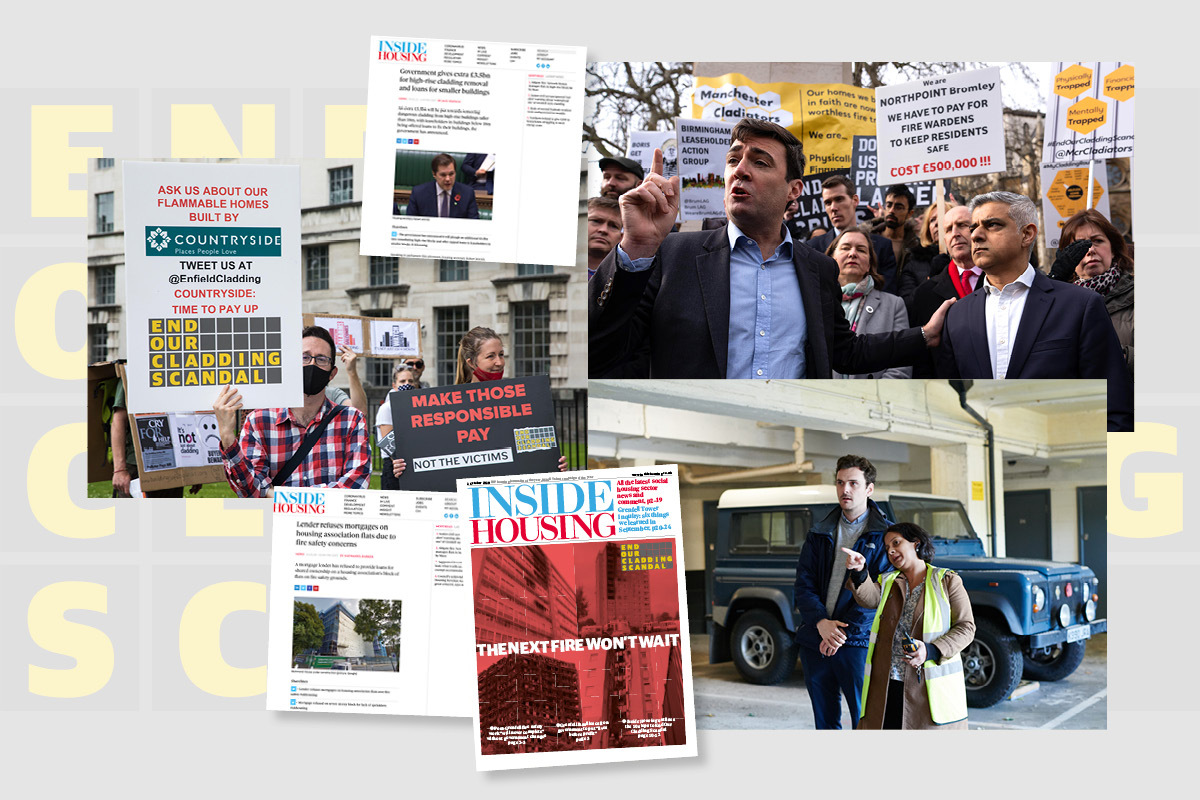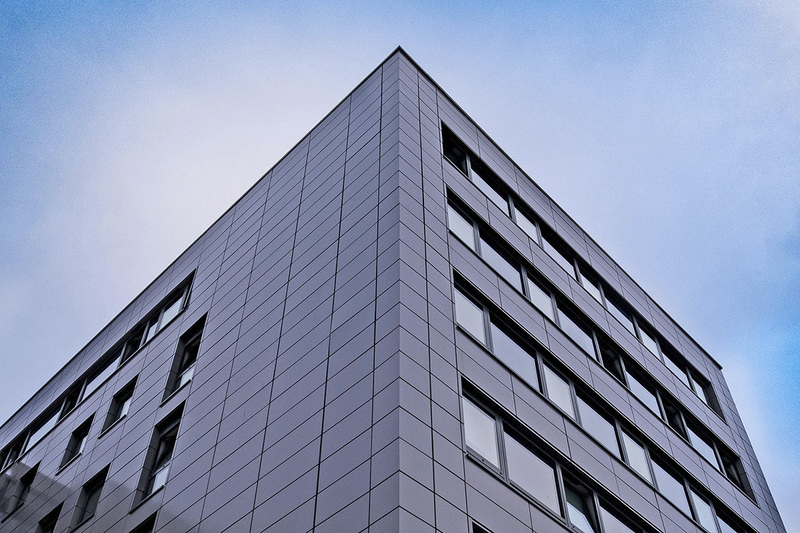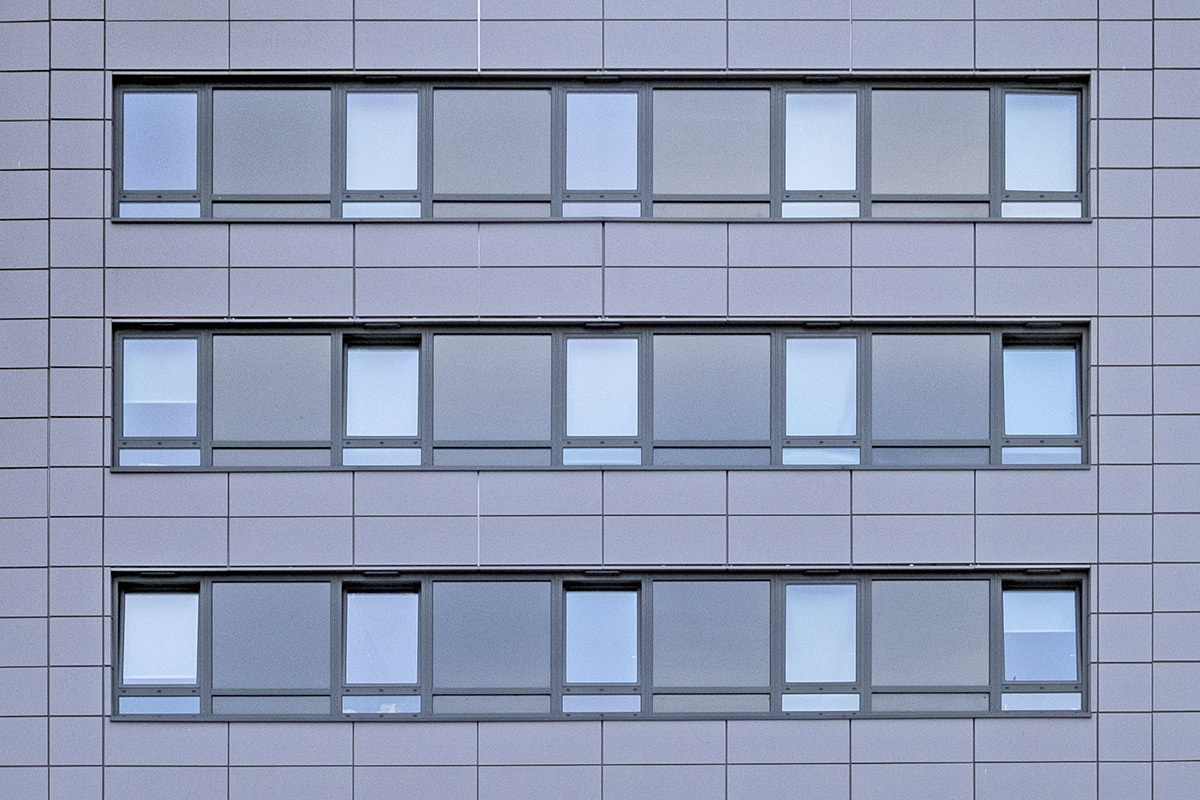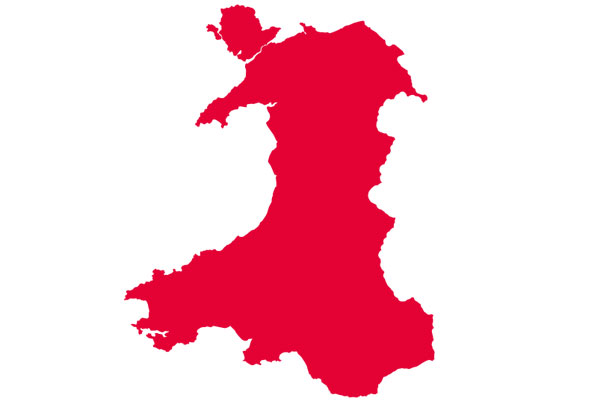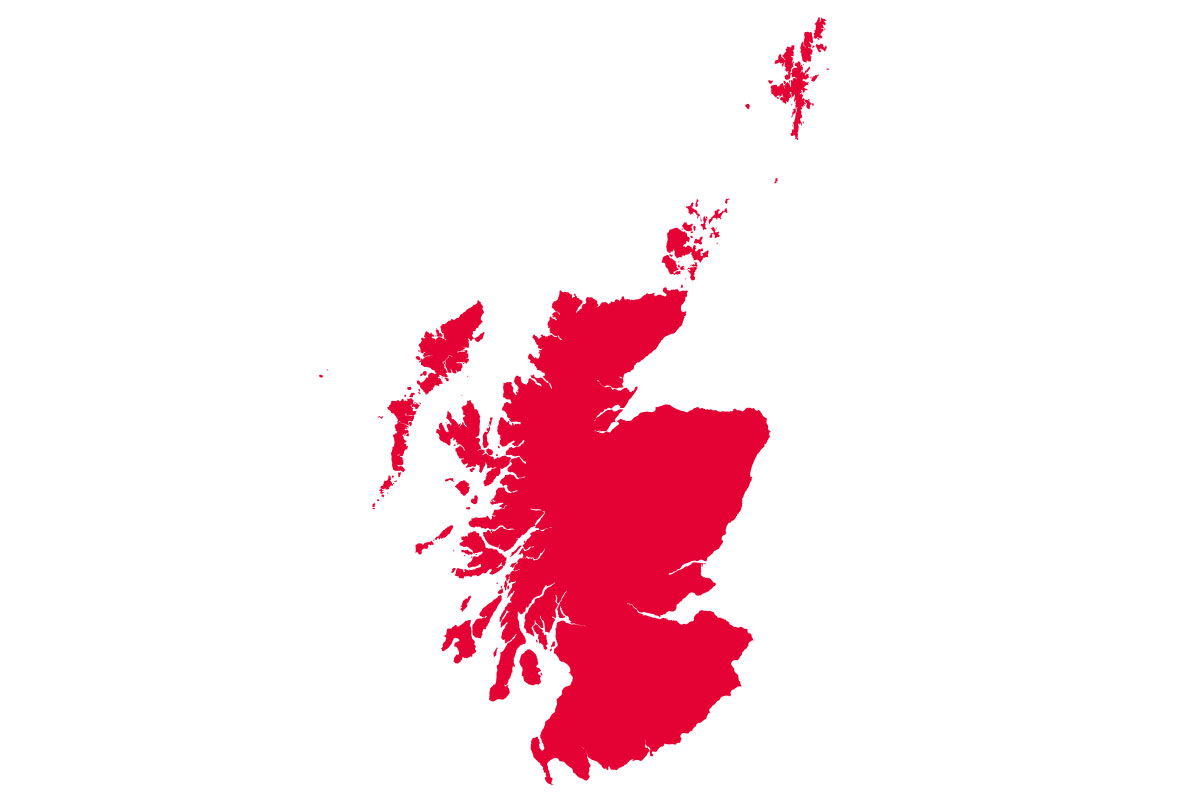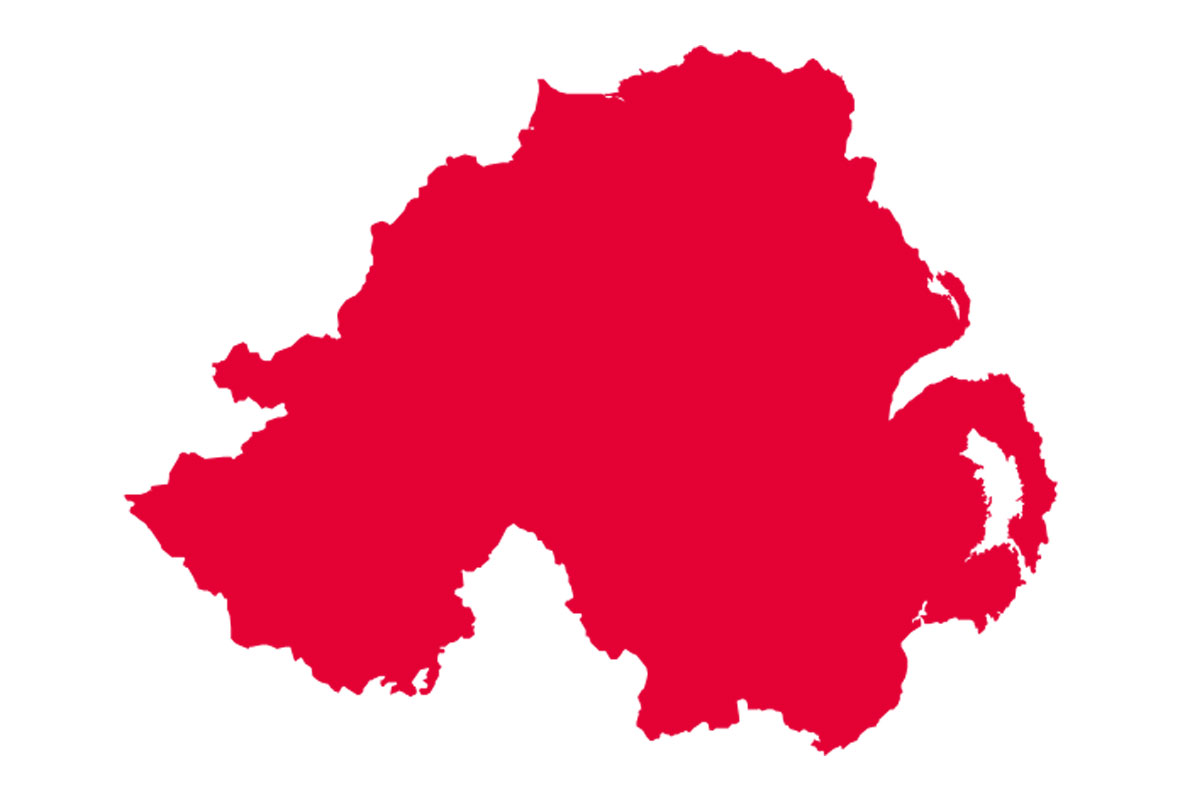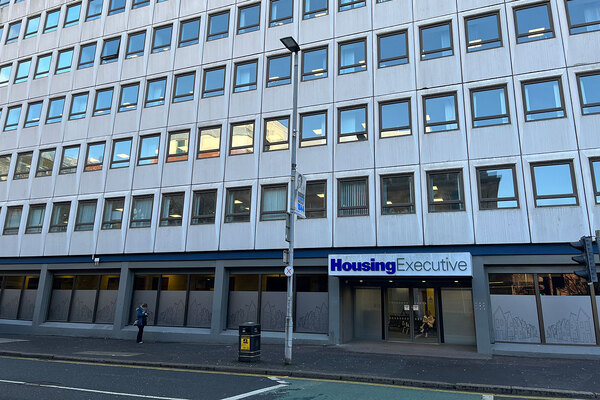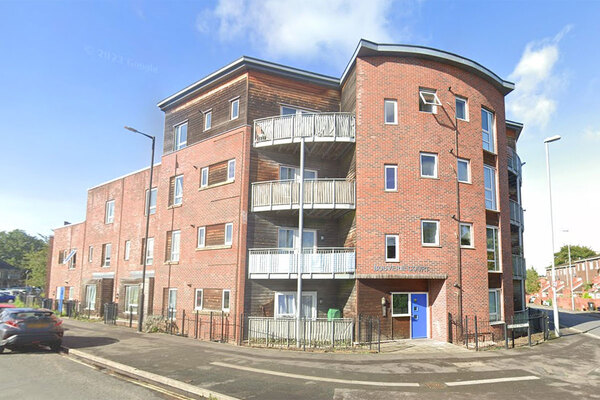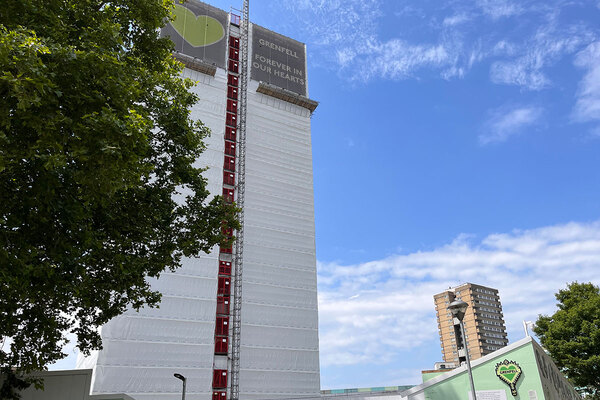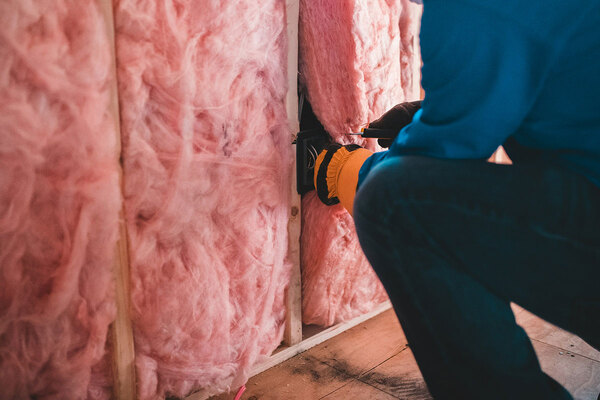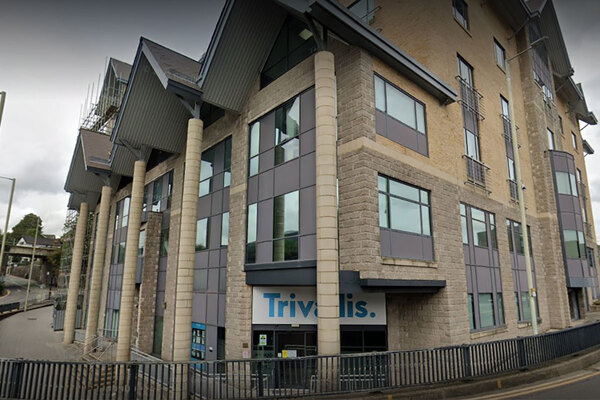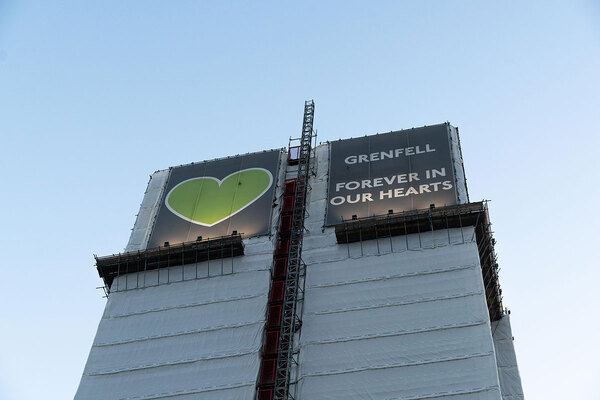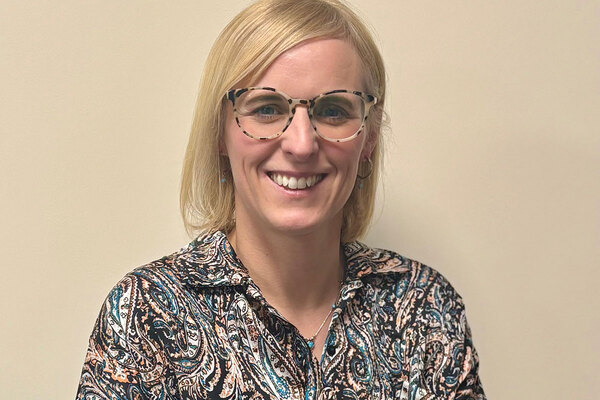You are viewing 1 of your 1 free articles
What are Wales, Scotland and Northern Ireland doing to deal with the building safety crisis?
Building regulations are devolved. Lucie Heath looks at how different parts of the UK are funding work to fix dangerous cladding
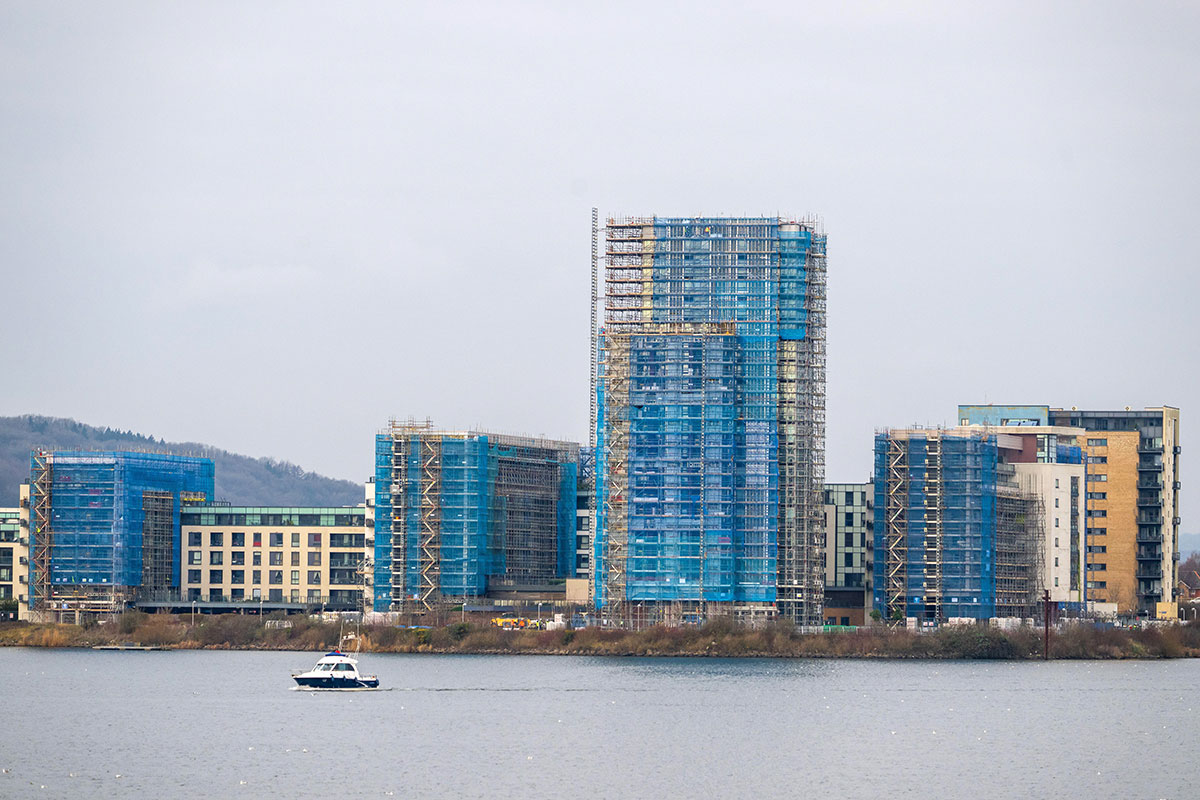
Much of the attention of the cladding crisis has focused on the UK government’s response. But building regulations are devolved – and the building safety scandal has affected the whole of the UK.
Many of the same problems, including dangerous cladding, have been discovered in all parts of the UK. Each devolved nation is grappling with its own crisis in a different way, but all the building safety spending announcements by the UK government since the 2017 fire at Grenfell Tower have only applied to England.
When the UK government spends money in England this way, it triggers a payment, controlled by a formula, to Wales, Scotland and Northern Ireland.
There are two points to make clear: first, the formula is only triggered by the allocation of new money from the Treasury to a department. When the department has simply shuffled money from an existing budget to cladding, for example, there is no corresponding funding to deliver to other nations.
Second, governments are free to spend this cash as they see fit. They do not have to use it on building safety.
Inside Housing has sent Freedom of Information requests to each of the devolved nations to ask how much funding they have received as a result of UK government spending on building safety and what they have done with it. The results are presented here.
Wales
£60.05m – funding from the UK Treasury
How much has the government received as a result of consequential funding? Since Grenfell, the Welsh government said it has received £58.87m in capital and £1.18m in revenue funding (capital funding is long term and used for fixed assets, such as to purchase or refurbish buildings. Revenue funding is shorter term, covering specific periods or transactions, such as running costs).
What has it done to tackle the building safety crisis to date? The Welsh government discovered aluminium composite material (ACM) cladding on three social and 12 private high-rise blocks. It provided £15m for the remediation of ACM on social blocks, and work to replace the cladding is now complete. Work to replace the ACM cladding is still in progress for the 12 private blocks, and the cost of remediation is being borne by the owners or developers in each of these instances.
For non-ACM cladding and other building safety issues, the Welsh government has launched a Building Passport Scheme through which it is funding surveys of buildings higher than 11 metres.
The scheme was announced in July last year, but the survey work did not commence until this month because of the length of time it has taken the government to appoint contractors to carry out the surveys. A total of 248 expressions of interest in the scheme had been made up until the end of last year.
The Welsh government has said the results of the surveys will be used to inform its own Building Safety Fund, which will probably cover a range of safety defects beyond cladding. The last Welsh Budget set aside £375m for building safety over the next three years. The Welsh government is able to spend more on building safety than it has been allocated by using money from its block budget allocation, which is determined by the UK government during a Spending Review.
A Welsh government spokesperson says: “We strongly believe that people living in affected buildings should not be left to pay to put right safety standards or breaches of building regulations.
“Our approach to building safety goes beyond cladding to include compartmentation, fire alert, evacuation and suppression systems in all buildings of 11m and above.”
Scotland
£97.1m – funding from the UK Treasury
How much has the government received as a result of consequential funding? The Scottish government received £97.1m following the launch of the UK government’s Building Safety Fund in March 2020. The government said it has “yet to receive clarity” on other UK government building safety announcements.
What has it done to tackle the building safety crisis to date? In March last year, the Scottish government launched its Single Building Assessment programme, through which it is funding surveys of high-risk buildings.
Twenty-five buildings were selected to be surveyed as part of the first phase and the government said some of these reports will be finalised “in the coming weeks”.
The Scottish government has introduced a number of legislative changes following the Grenfell Tower fire, but it has yet to release any funding for the remediation of buildings.
An inventory of high-rise buildings carried out last year found that 38 blocks (5%) have ACM cladding.
Ninety-five (12%) high-rise domestic blocks have high-pressure laminate (HPL) cladding, which is also dangerously combustible.
A spokesperson says the Scottish government is continuing to urge other parties, such as developers, to “continue to play their part where construction is found to be unsafe”.
Northern Ireland
£33.4m – funding from the UK Treasury
How much has the government received as a result of consequential funding? To date, the Northern Ireland Executive has received £700,000 in resource funding and £32.7m in capital funding as a result of the UK government’s announcement, not including the 2022-23 to 2024-25 Spending Review period.
What has it done to tackle the building safety crisis to date? In August last year, the Northern Ireland Executive launched a £1m fund to pay for the removal of ACM cladding on private buildings higher than 18 metres. The government confirmed it is yet to allocate any money from this fund.
By December last year, only one high-rise with ACM cladding had been identified in Northern Ireland, however 11 others had been identified with other types of potentially dangerous cladding.
A spokesperson for the Department of Finance says it had only received one application for the ACM fund by the closing date and it is currently assessing the application to ensure compliance with the fund eligibility criteria before work can commence.
Sign up for the IH long read bulletin
Already have an account? Click here to manage your newsletters
